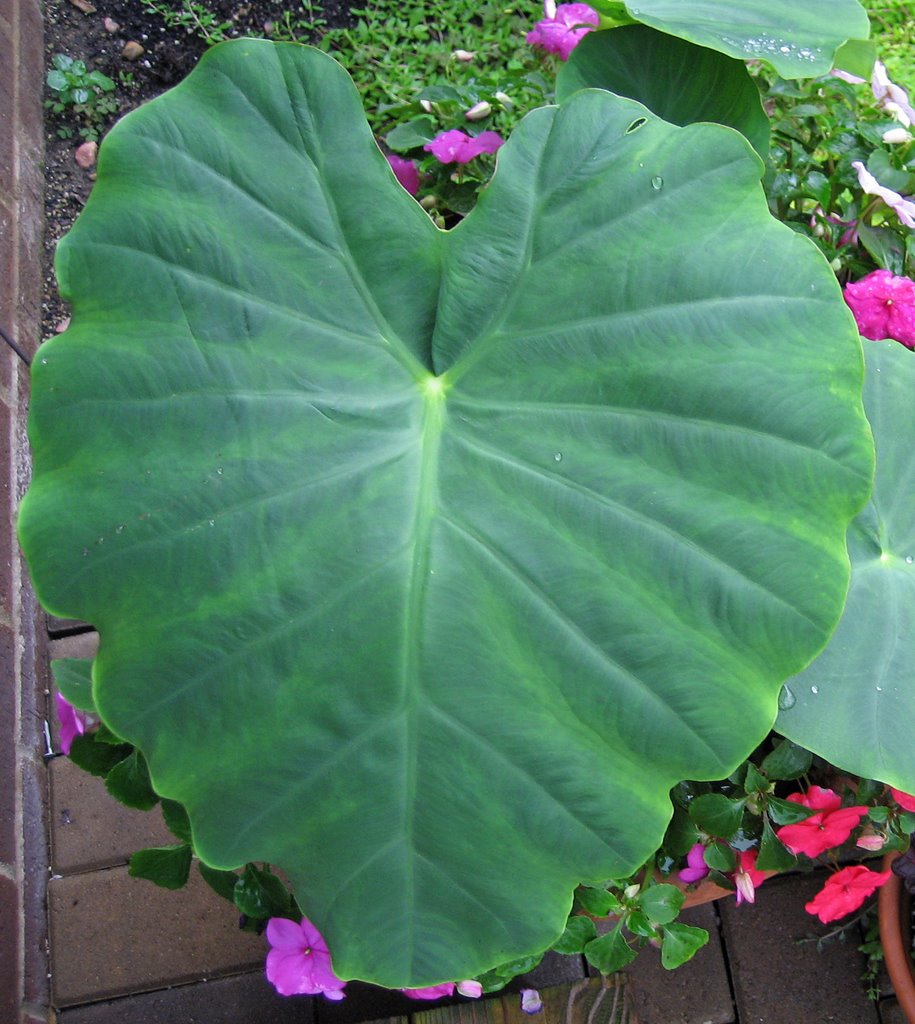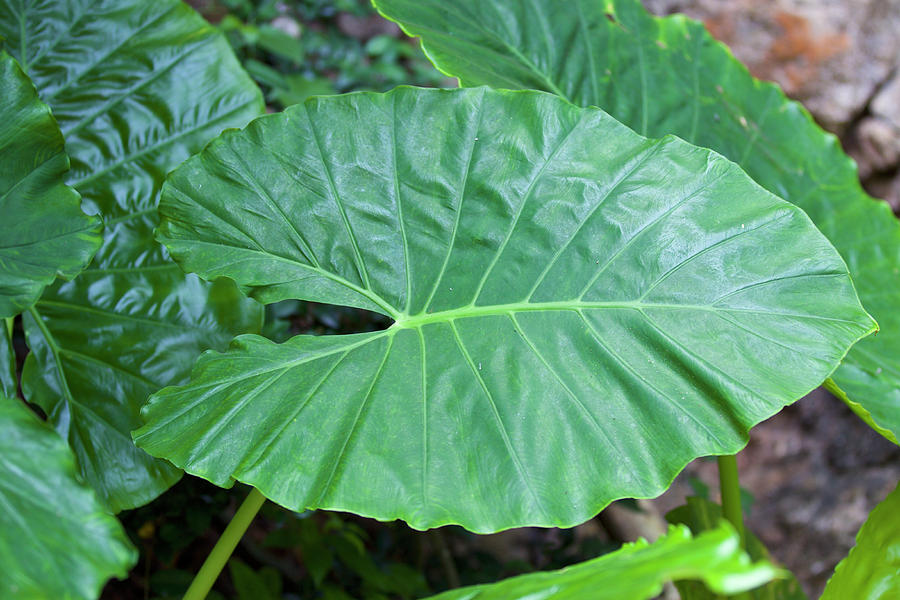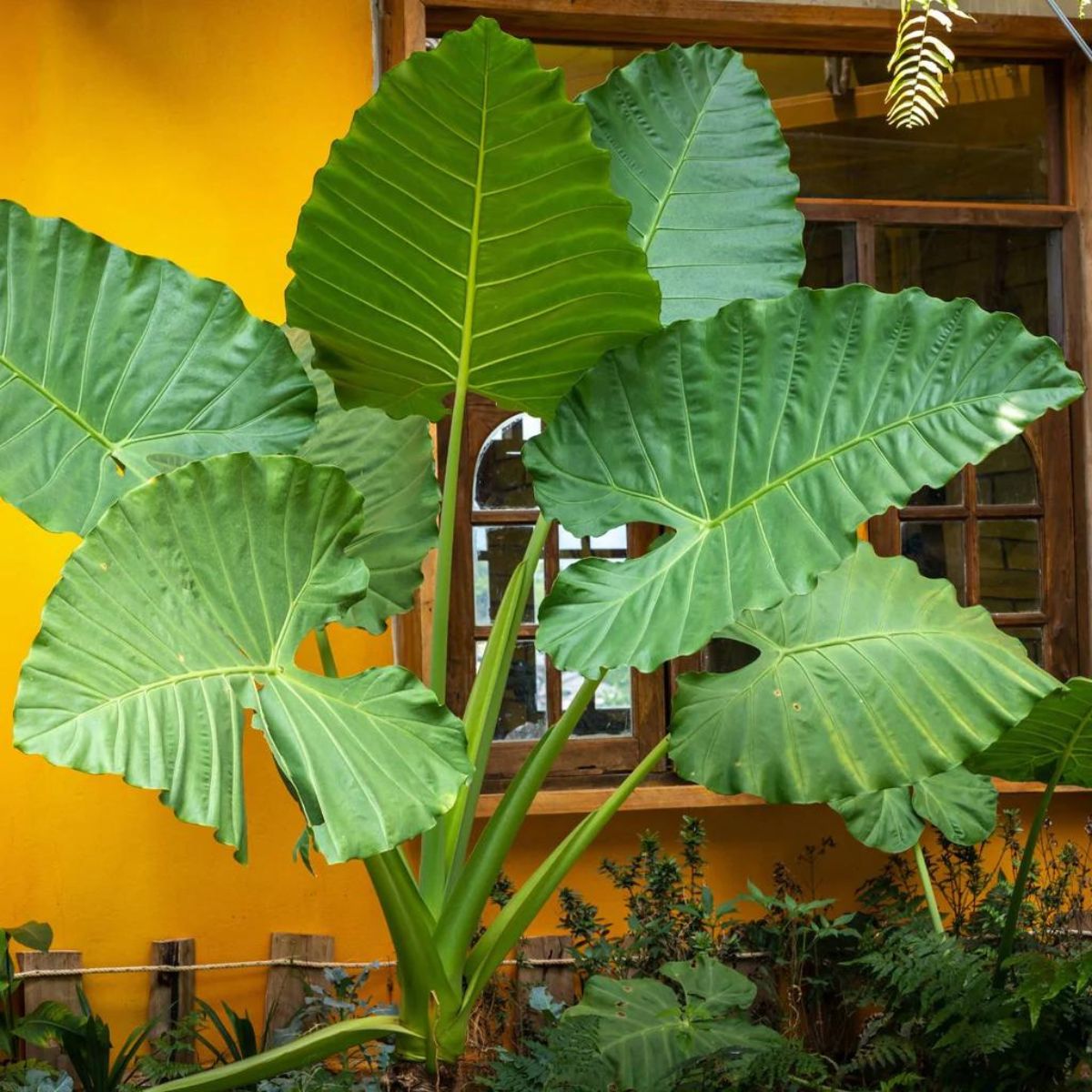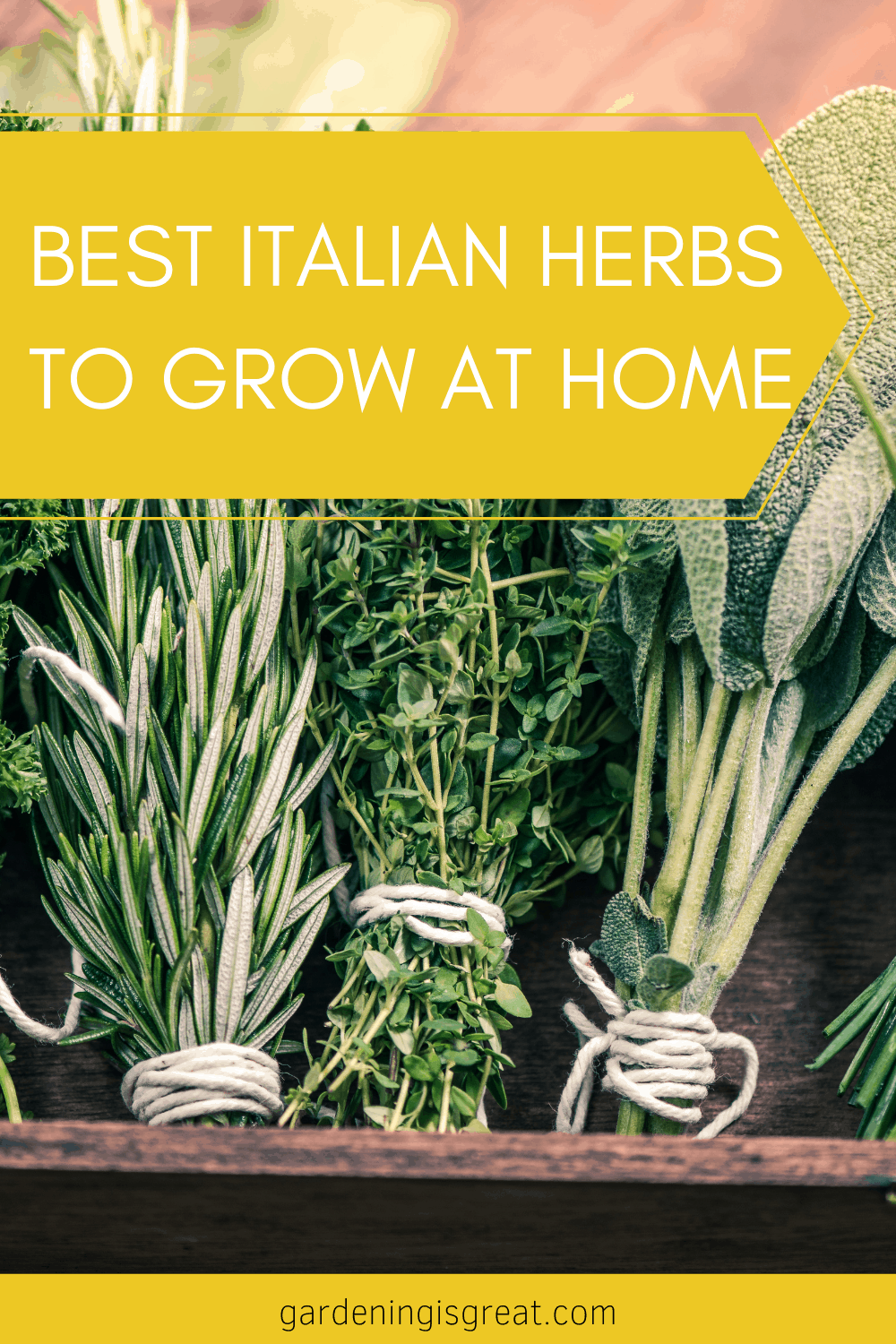Big Leaf Plants: Practical Tips From Someone Who’s Learned the Hard Way

When it comes to big-leaf plants, the glossy Instagram shots only tell part of the story. Those huge, dramatic leaves often come with a bit of a learning curve — trust me, I’ve been there. Back in 2014, I tried turning my tiny studio into a jungle wonderland. My very first Alocasia didn’t survive past November. Why? Overzealous misting, crappy potting soil, and ignoring drafts from a rattling heater vent. Rookie mistakes! Since then, I’ve killed more than a few plants but also grown dozens that thrived—and learned what actually works (and what’s just wasted effort).

If you’re thinking about bringing some big-leaf beauties into your space, here’s the real deal—no fluff, just what years of messing up have taught me.
Why Big-Leaf Plants Are Drama Queens (And Why You Should Love Them Anyway)
Those gigantic leaves? They’re not just for show; they are workhorses of photosynthesis—basically green energy factories. Which means they need steady care. If you ever wake up to drooping leaves overnight, it’s not random—your plant is reacting to stress.
A few things I wish someone told me early on:
- Big-leaf plants remember stress for weeks after it happens.
- Just two days in dry air can throw off their whole growth cycle—kind of like when you get a really bad haircut and it takes forever to grow out.
- A cold draft might not show damage immediately, but expect browned tips or curling leaves weeks later.
So quick fixes don’t cut it here—you need consistent care and a bit of detective work.

Picking Your Plant: Who Can Handle What?
Not all big-leaf plants are created equal—and picking one just because “it looks cool” can end badly (I’m staring at you, poor Anthurium). Based on my own trial-and-error (plus some accidental experiments), here’s how some favorites stack up:
1. Monstera deliciosa
- Nearly bulletproof if you give it bright, indirect light.
- Surprisingly forgiving if you miss watering now and then—unlike most diva plants I know.
- Pro tip: every two weeks, soak the entire root ball instead of watering lightly every couple days. Otherwise roots crowd at the surface and suffocate.
2. Alocasia varieties
- My Alocasias don’t even look happy below 45% humidity (I checked with an $18 digital hygrometer).
- Keep them away from cold drafts between October and March or say hello to crispy leaf damage.
3. Banana Plant (Musa)
- Give it southeast-facing windows and weekly deep soaking plus fertilizer every 3–4 weeks during growing months—it’ll triple in size fast. (I use Dyna-Gro Foliage-Pro.)
- Budget-wise: $35 for the plant plus around $14/month for fertilizer—still cheaper than therapy when that jungle vibe hits right.
4. Bird of Paradise
- Took me four years under an LED grow light pumping out 4000 lumens daily before mine flowered! If your window faces north, don’t hold your breath for blooms anytime soon.
5. Fiddle Leaf Fig
- They hate moves—even shifting mine three feet across a bay window caused major leaf drop each time.
- Quarterly wiping with a damp cloth seriously helps; dusty leaves block photosynthesis way faster than most think.
Before You Pot That Giant Leaf: Must-Know Basics
-
Don’t Guess Your Lighting
You think your spot gets plenty of light? Think again—I swear by a $20 LUX meter app that showed me which corners actually get enough sun beyond noon. -
Moisture Checks That Make Sense
Forget fancy water meters—they lied to me too many times. Instead, pick up your pot after watering; heavy means moist, light means time to water again. -
Humidity Hacks That Work Without Needing Sweat Equity
Misting feels good but evaporates so fast unless you’re literally babysitting your plant all day (been there). Try this instead: group several big-leaf plants close together so they boost humidity naturally by about 10%. Also, line trays under pots with lava rocks; pour water over them and let slow evaporation do its thing without drowning roots. -
Cheap Soil Can Cost You More in the Long Run
My fastest-growing Monstera came after I switched to this mix: 2 parts chunky orchid bark + 1 part perlite + 1 part cactus mix—which cut root rot problems drastically compared to generic soil bags ($12 vs $20+). Seriously worth swapping out sooner rather than later. -
Skip Annual Repotting Unless You Have To
Despite what Instagram says, no need to repot mature Monsteras every year—they often do better when allowed to stay slightly root-bound for an extra season or two (unless roots start circling tight against plastic).

Weird but True Tips Nobody Talks About
- Brown leaf edges? Could be minerals building up from tap water—not just dry air! Flushing pots with distilled water every few months helped clear mine up within weeks.
- Monsteras respond well to weekly rotations—even just quarter turns—so all sides get light evenly.
- A fan blowing gently across your big leaves can cut fungal spots in half and kill that musty jungle smell.
- Fertilizing after September mostly causes harm since plant growth slows down—a lot of leaf crispiness comes from excess salts rather than lack of nutrients.
Real Wins & Lessons Learned Along the Way
Here are some moments where I finally got it right:
- Moving my Bird of Paradise three feet into direct morning sun doubled its leaf output within six months (before that, it sulked miserably near indirect light). Never underestimate morning sun!
- Bottom-watering my Banana Plant every Saturday by setting pots in two inches of water changed everything—soil gnats disappeared and leaves perked right up compared to top watering alone.
- When my Fiddle Leaf Fig dropped half its leaves one winter after turning on the heater full blast—I moved it behind a sheer curtain and things stabilized after a week or two.
- For pet owners worried about toxicity: Calathea orbifolia is almost as dramatic as Monstera but totally safe around cats/dogs—I had to chat with multiple nursery pros to find this gem!
Ready To Try? Here’s Your Starter Kit
If you want lush results without spinning wheels:
- Grab a digital hygrometer ($12–$40)—it changed how I cared for Alocasias through humid summers and bone-dry winters.
- Forget fancy decorative pots at first; prioritize drainage holes and breathable soil mixes.
- Use your phone notes app religiously—jot down watering dates, fertilizing times, humidity changes—that helped me catch issues before they snowballed.
- Grouping multiple big-leaf species together creates a micro-humidity zone that keeps everyone happier.
- Don’t expect perfection—dropping older leaves occasionally is normal even with great care!
Big-leaf plants aren’t asking for perfect conditions—they crave patient attention and steady routines more than anything else. And when those giant green fans finally unfurl? Pure magic worth all the trials.
If you want some tailored advice—for tricky low-light spots or combining multiple species into one juicy little jungle—I’m happy to share what worked best for me!
Growing big-leaf plants is part science experiment, part patience test... but mostly it’s about falling in love with something wild right inside your home—even if you mess up along the way (because hey, I sure did). Give them steady care and watch those giant leaves turn your space into something unforgettable!



